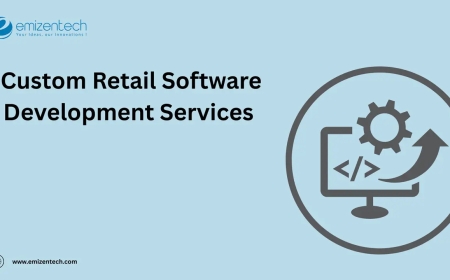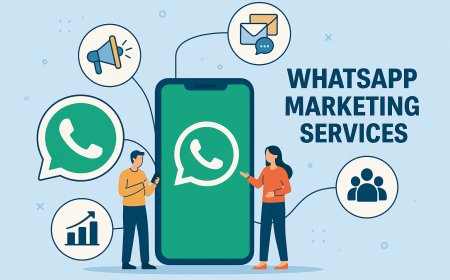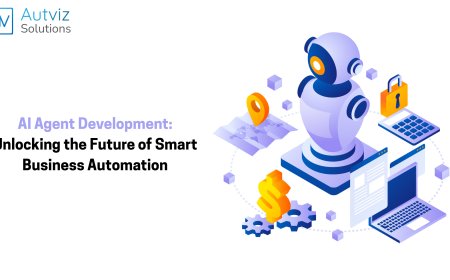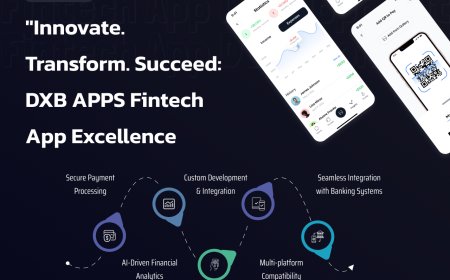Avoid These Top 5 Pitfalls in Your Gojek Clone App Development Project
Avoid costly mistakes in your Gojek clone app project. Learn 5 critical pitfalls and how to overcome them for a smooth, scalable super app launch in 2025.

Developing aGojek clone app is a smart move for startups and enterprises wanting to enter the booming multi-service marketplace. However, as powerful as these platforms can be, the development process is fraught with pitfalls. Whether it's due to poor planning, tech mismatches, or post-launch chaos, many businesses make avoidable mistakes that cost time, money, and reputation.
If you're looking to launch a super app successfully, here are the top five mistakes to steer clear ofand how to solve them.
1. Skipping Market and User Research
Why this is risky:
Too many startups jump into development without validating user demand or studying local competitors. Building an app based on assumptions, not data, results in a platform that misses the mark.
How to avoid it:
Conduct in-depth research. Analyze your target audience's preferences, study existing super apps in your region, and identify underserved services. This will guide your app's core features and monetization strategy.
2. Using an Inflexible Tech Stack
Why this is risky:
The wrong technology can restrict your apps ability to scale, perform under load, or support diverse features. An inflexible stack often leads to costly rewrites down the line.
How to avoid it:
Choose a modern, modular tech stack. Work with a team that uses:
- Frontend: Flutter or React Native
- Backend: Node.js or Laravel
- Database: PostgreSQL or MongoDB
- Real-time Communication: Socket.IO
This setup ensures your app performs well across devices and is ready for future expansions.
3. Weak Admin and Provider Panel Design
Why this is risky:
Even if the user app works flawlessly, a clunky admin or provider backend can create operational nightmares. Providers may drop off, and your team may struggle with daily operations.
How to avoid it:
Invest in well-designed dashboards. Your Gojek clone app should include:
- Provider onboarding and document management
- Real-time tracking and dispatch tools
- Dispute resolution workflows
- Revenue tracking and analytics
These tools empower your team to manage the platform and help providers deliver better service.
Read More: Gojek Clone App: Manage All Your Services in One Place
4. Inadequate Testing Across Use Cases
Why this is risky:
Skipping thorough QA leads to user frustration. From booking failures to payment errors, these issues damage trust and retention.
How to avoid it:
Test early and often. Include:
- Functional and UI testing
- Load testing under high user volume
- Cross-device/browser compatibility checks
- Real-world service flow simulation
Collaborate with a team that has experienced QA engineers familiar with on-demand platforms.
5. No Post-Launch Strategy
Why this is risky:
Launching the app is just the beginning. Without a strategy to grow, engage users, and expand services, your platform will stagnate.
How to avoid it:
Develop a post-launch roadmap:
- Plan marketing campaigns, referral programs, and loyalty rewards
- Use real-time analytics to track usage and optimize services
- Set a schedule for feature updates and service expansions
- Ensure 24/7 customer and provider support
Growth doesnt stop at launchit begins there.
Conclusion
Avoiding these five pitfalls can make the difference between a failed app and a market leader. Building a Gojek clone app that truly scales requires more than just codingit takes research, smart planning, reliable tech, and post-launch commitment.
Partner with a proven on-demand app development company like White Label Fox to build your Gojek clone app with confidence. We help startups and enterprises avoid common mistakes and launch scalable, successful super apps ready for growth.
FAQs
Whats the biggest mistake in Gojek clone development?
Skipping user research and building the wrong set of features is one of the most common and costly mistakes.
How important is post-launch support?
Its essential. Apps that are actively supported and updated stay competitive and maintain user trust.
Can I add more services later?
Yes, if your app is built on a modular architecture, new services can be added with minimal disruption.
Do I need separate dashboards for each service?
No. A centralized admin panel can manage all services, users, and providers efficiently.
How do I choose the right development partner?
Look for an on-demand app development company with experience in super apps, a strong portfolio, and end-to-end support.






































